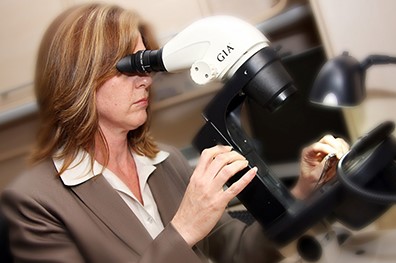
Summertime is high season for home buying and selling. Take these steps to ensure that your jewelry is safe during the process of your move.
Before Listing Your Home
Take an inventory of your jewelry collection. Compare it with your jewelry schedule on your insurance policy to make sure all valuable pieces are currently covered. If you see some items missing from your schedule, talk to your insurance broker or agent to get those scheduled. Also, if your jewelry has not been appraised for two or more years, consider having your appraisals updated to ensure you are fully covered.
Consider storing jewelry you don’t regularly wear in your safe deposit box at the bank while your house is on the market. This will help limit loss and damage during your move. If you have a vault at home, store your jewelry there any time you have a showing in your home. If you don’t have a vault at home, carry all jewelry with you while your house is being shown.
Packing and Moving
Avoid wearing your jewelry while packing and moving. Both are hands on tasks and can lead to prong breakage, chipping or abrasion of your diamonds or gemstones, or even loss. Wait, diamonds chip? Yes, they certainly can due to a blow in just the right angle. Diamonds are the hardest mineral known to man. Hardness is directly related to scratching. Diamonds are also extremely durable, which makes them a perfect gemstone for wedding rings. However, they are not indestructible and can chip with the right angle and force.
Take another inventory of your jewelry the day before your move. This will ensure you have your entire collection for the move. If you are hiring movers, plan to carry your jewelry with you. Don’t pack your jewelry along with other items. Theft during your move is a considerable risk.
Settling into Your New Home
Again, avoid wearing your jewelry as you unpack. Think about your jewelry as if it were a silk blouse. Neither are appropriate wear during unpacking nor moving items around your new home.
Take a final inventory once you are settled. Each time you inventory your jewelry collection, it allows for immediate awareness of a possible loss. Making a claim sooner rather than later is always best.
Finally, when you purchase an insurance policy on your new home, your insurer will need an appraisal that is no older than one year (some require two years). To avoid a gap in coverage, try to get this done before you close. Seek out a Certified Appraiser who has been credentialed through the International Society of Appraisers or the American Society of Appraisers. Unlike real estate appraisers, personal property appraisers (including jewelry appraisers) are not required to be licensed. Ask the appraiser about their qualifications prior to the service to ensure you are working with the most qualified appraiser. Consequently, doing this will guarantee your appraisal is thorough and accurate preventing headaches in the future.



